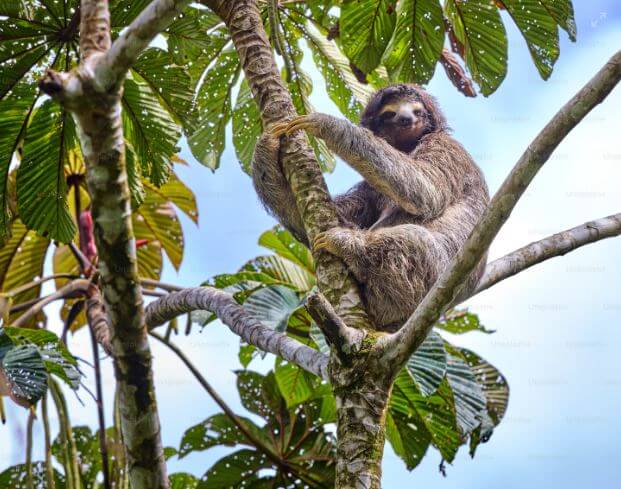The Panamerican Health Organisation issued an alert about the spread of the Oropouche virus on 1 August. There have now been over 8,000 confirmed cases of the virus, with more than 7,000 of these in Brazil. Now the virus has spread to the US and the EU.
What is the emerging Oropouche Virus?
As reported in Nature News, the virus is most commonly spread not by mosquitos but rather by midges. Its native environment is tropical regions of South America, Central America and the Caribbean.
The disease course for the Oropouche virus is much like the mosquito-borne dengue, chikungunya and zika viruses. Symptoms most commonly include high fever, headache, muscle aches, stiff joints, nausea, vomiting, chills, or sensitivity to light. Because of a viral incubation period that can last over a week, any symptoms within two weeks of travel need to be treated with great caution.
The very first laboratory confirmed test of the Oropouche virus came from the Oropouche River in Trinidad in the 1950s. It then spread to Amazonia, where a large outbreak that centred on the riverine city of Belem, Brazil occurred in the 1960s.

The current outbreak is the largest so-far recorded, with two deaths from the virus and also the loss of unborn children. The current strain of the virus appears to be replicated much more quickly than historical versions of the virus.
There is still no specific antiviral treatment for the disease. Moreover, the use of non-steroidal anti-inflammatories like ibuprofen and aspirin must be avoided, as it increases the risk of haemorrhage.
Cases have now been recorded among travellers returning from Brazil and Cuba and arriving in Italy, Spain, Germany and the United States. Of these, the United States is the greatest concern for the progress of the epidemic, as the midge most responsible for spreading the virus in South America is also present in the North.
Sign Up To Our Free Newsletter